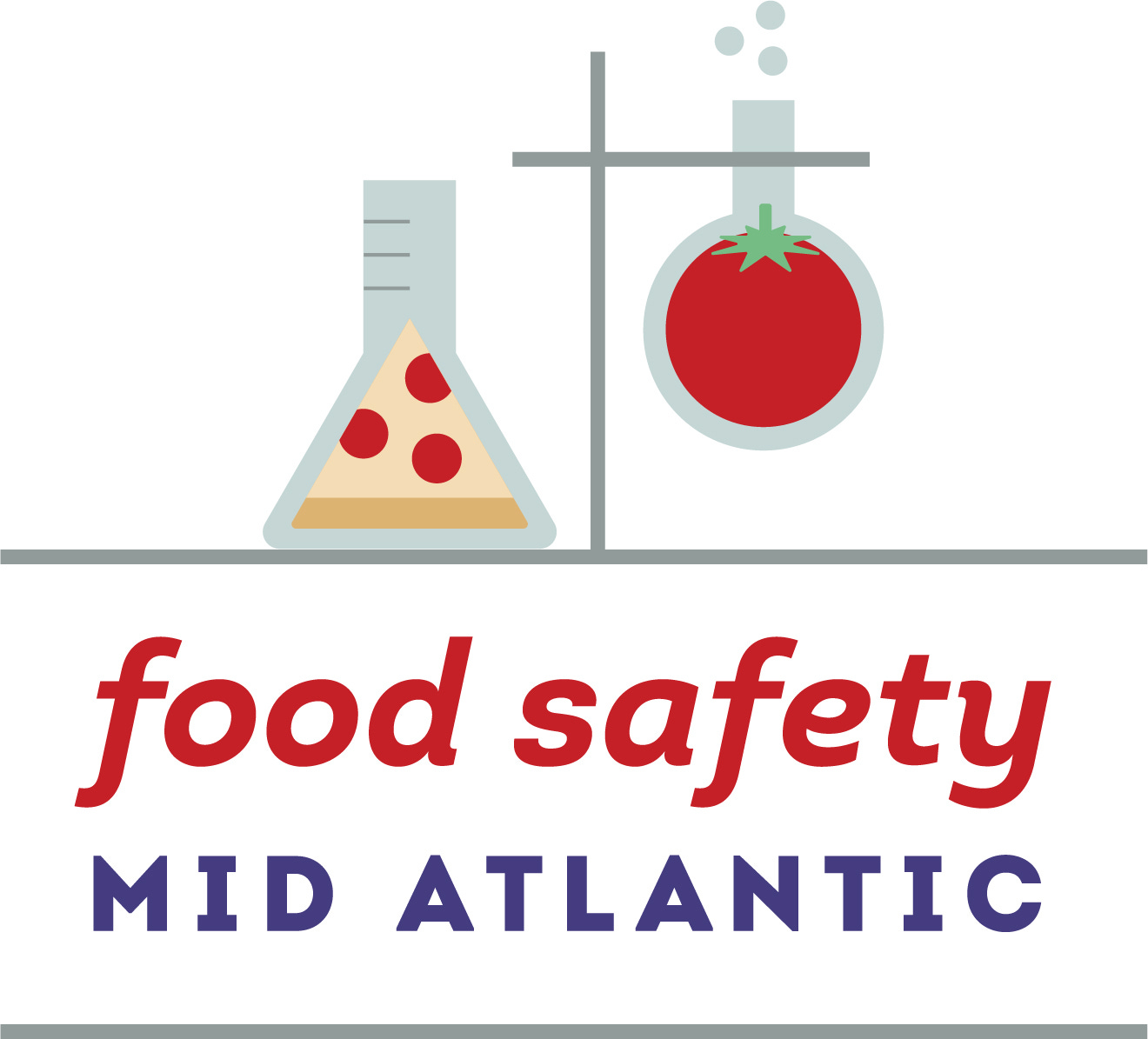Food Safety At Home!
Our food system is not safe! The data is quite clear, one in six Americans each year have food-borne illness and approximately 3,000 die. The youngest, the oldest and the immunocompromised are most at risk.
Food recalls and outbreaks occur despite food being regulated at the local, state and federal level, especially for food safety. Farmers, food manufacturers, food retailers and restaurants have to meet certain standards of safety. However, food is a biological material, and it is impossible to remove all bacteria, microorganisms and other hazards. Food that is free from hazards is probably exceedingly unpleasant to eat; like UHT milk. Ick.
Bacteria, such as Salmonella, grow when the conditions are favorable. For example, when there is sufficient water, food, oxygen present. Unless the food is heat-treated or prepared with a high acidity bacteria, yeasts, and molds wait until the environment is right for reproduction. For example, frozen foods may contain microorganisms that once that food is back at room temperature, will start dividing and then they can make us ill.
After processing, many packaged foods are free of microorganism such as bacteria and molds. Heat-treated bottled and canned foods are free from microorganisms as manufacturers have to go through a lengthy process to ensure that the methods they use destroy microorganisms during processing.
Microorganisms don’t grow in dried food products. The risk with some dried products such as flour is that we’ve found that some bacteria survive if the food isn’t heat treated. Thus, flour now has a warning label, and it is best not to eat raw cookie dough as it isn’t only the eggs in raw batter and dough causing illness.
Contaminated food and water are a source of the two main viruses, norovirus and hepatitis A, that make us ill. Viruses are not living organisms as they only replicate in their host. Norovirus is a very infective organism as only a few viruses are necessary to cause illness and it survives on surfaces such as unsanitized door handles for days. Hence, the only way to avoid illness from viruses is to cook food thoroughly, and to clean and sanitize surfaces and our hands.
Unfortunately, we can’t process all the food we eat to kill or remove pathogens. Fruit, vegetables and other products are raw agricultural products and may contain bacteria and viruses. This also applies to frozen fruit and vegetables as frozen berries were a recent cause of a hepatitis A outbreak. Treating fresh produce to kill pathogens results in an undesirable product. Cooked lettuce, for example, would be a slimy mess, only great for a soup stock or the compost heap.
Recent outbreaks and recalls show that not enough is being done by our regulatory authorities. Cronobacter in baby formula and Salmonella in Easter chocolate candy have been responsible for food poisoning. We hear weekly of recalls and outbreaks caused by Salmonella, E. coli, Listeria monocytogenes, Norovirus and others. These pathogens are endemic in our food supply.
While food producers have a professional responsibility to sell the safest food possible, we all have the responsibility to ensure the food we prepare and eat at home is not responsible for food poisoning.
As consumers, we must treat our food so that we don’t spread food-borne illness to our families. We need to understand that some food is raw and therefore a risk of spreading food-borne pathogens.
There are four ways we must remember which will reduce our risk: Clean, separate, cook and chill. In next week’s article I will go into more details about the steps we can take at home to reduce our risk of food-borne illness. One way to reduce our risk is to know when there is a recall or an outbreak. This is an excellent website to check.
I write about the intersection of food science and food systems with an emphasis on food safety, food justice and resilience.
I run a food safety consultancy, Food Safety Mid Atlantic, supporting small and mid-sized food businesses with their food safety plans and programs. If you are interested in learning more about my consulting services, please schedule a free call.
More information here: Food Crumbs About
Please subscribe to Food Crumbs today, if you haven’t already.






